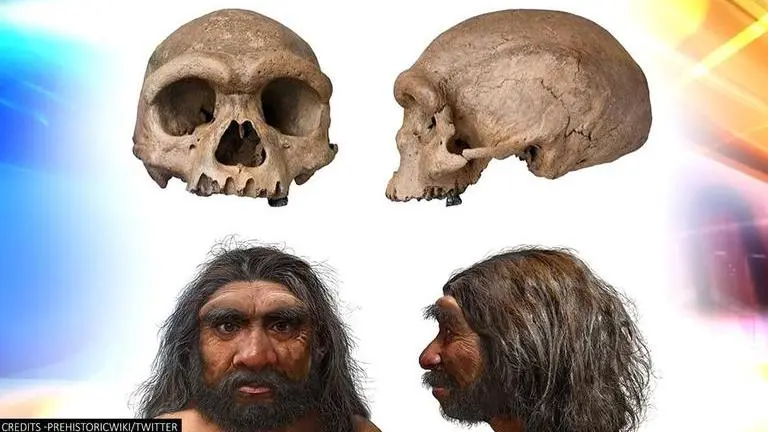Updated 26 June 2021 at 14:20 IST
'Dragon man': Discovery of 'new human species' forces scientists to rethink evolution
A huge fossilised skull that was wrapped up and hidden at the bottom of a well in northeastern China for over 80 yrs may belong to a new species of early human.
- World News
- 3 min read

A huge fossilised skull that was wrapped up and hidden at the bottom of a well in northeastern China for more than 80 years may belong to a new species of early human that researchers have called “dragon man” or Homo longi. According to CNN, the well-preserved skullcap, found in the Chinese city of Harbin, is between 138,000 and 309,000 years old. It combines primitive features, such as a broad nose and low brow and braincase, with those that are more similar to Homo sapiens, including flat and delicate cheekbones.
The researchers said that the remains “probably” belonged to a 50-year-old man. They informed that the ancient hominin would have had an “extremely wide” face, deep eyes with large eye sockets, big teeth and a brain similar in size to modern humans. Researchers named the new hominin Homo longi, which is derived from Heilongjiang, or Black Dragon River, the province where the cranium was found.
Backstory of the ancient skull
According to the study published in the journal The Innovation, the skull was originally found in 1933 by Chinese labourers. They were building a bridge over the Songhua River in Harbin, in China’s northernmost province, Heilongjiang, during the Japanese occupation. To keep it from falling into Japanese hands it was wrapped and hidden in an abandoned well, resurfacing only in 2018 after the man who hid it told his grandson about it shortly before he died.
The skull is 23cm long and more than 15cm wide. It is substantially larger than a modern human’s and has ample room for a modern human brain. “Homo longi is heavily built, very robust,” said Prof Xijun Ni, a paleoanthropologist at Hebei. “It is hard to estimate the height, but the massive head should match a height higher than the average of modern humans”.
Advertisement
Now, the team plans to see if it is possible to extract ancient proteins or DNA from the cranium, which included one tooth. The researchers will begin a more detailed study of the skull’s interior, looking at sinuses and both ear and brain shape, using CT scans. They said that story of human evolution is changing all the time in what is a particularly exciting period for paleoanthropology.
‘Nesher Ramla Homo’
Meanwhile, the announcement of “dragon man” comes a day after a different group of researchers published a paper in the journal Science on fossils found in Israel, which they said also could represent another type of early human. They identified a previously unknown type of ancient human that lived alongside our species more than 100,000 years ago. The scientists have named the newly discovered lineage the "Nesher Ramla Homo type". The archaeologists believe that the remains uncovered near the city of Ramla represent one of the “last survivors” of a very ancient human group.
Advertisement
IMAGE: Twitter
Published By : Bhavya Sukheja
Published On: 26 June 2021 at 14:20 IST
